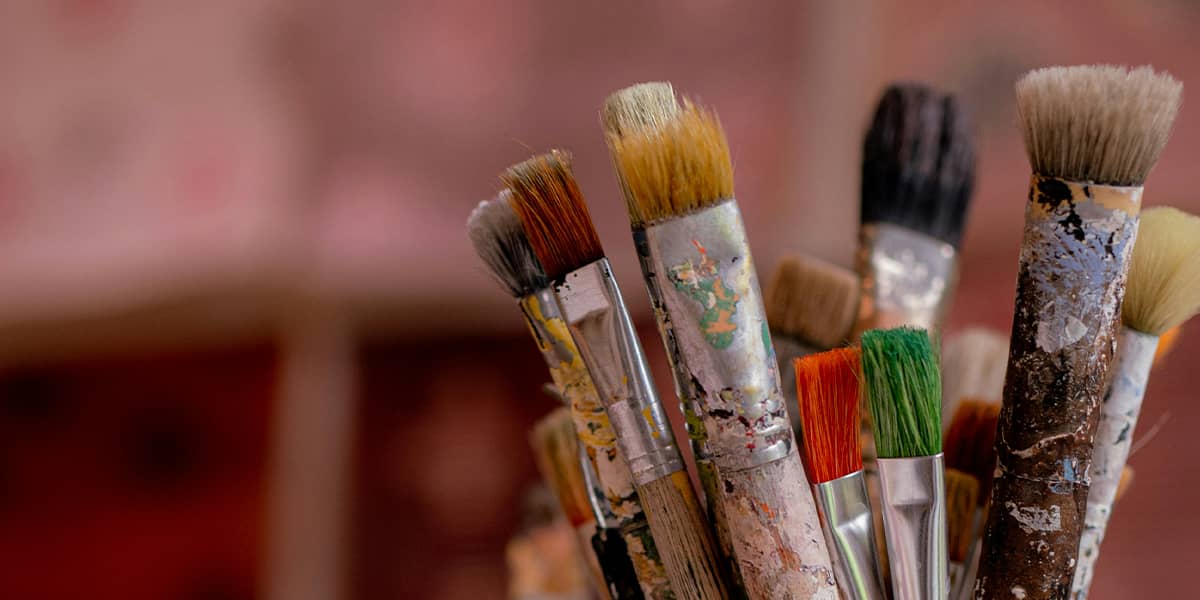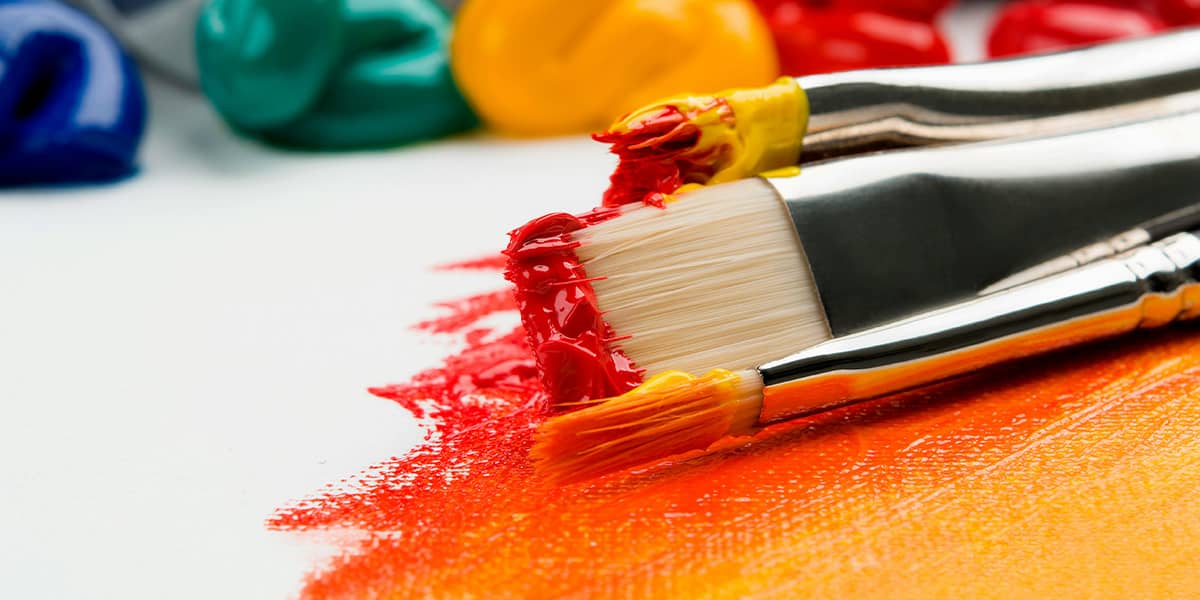The Enduring Relevance of Art History: A Testament to Humanity’s Creative Journey
Art has always been an essential aspect of human culture and history. It reflects the beliefs, values, and experiences of different societies, providing valuable insight into the past. Art galleries play a crucial role in preserving cultural heritage by collecting, exhibiting, and promoting works of art.
In a world where trends come and go with the blink of an eye, where technology propels us forward at a dizzying pace, and where the pursuit of the new often overshadows the appreciation of the old, one might wonder: why does art history still matter?
Art history is more than just a chronicle of aesthetic achievements; it is a testament to the human experience itself. It is a narrative woven through time, reflecting the joys, struggles, triumphs, and sorrows of civilizations past and present. As we step into the hallowed halls of galleries and museums, we embark on a journey that transcends mere observation; we immerse ourselves in the collective consciousness of humanity.
First and foremost, art history serves as a mirror to society. It reflects the values, beliefs, and ideologies of different cultures and epochs. Through the study of art, we gain insight into the political, social, and religious landscapes of bygone eras. Whether it’s the majestic frescoes of the Italian Renaissance, the revolutionary works of the Impressionists, or the provocative pieces of the contemporary art scene, each artistic movement speaks volumes about the world that birthed it.
Moreover, art history fosters empathy and understanding. By exploring the diverse range of artistic expressions throughout history, we are exposed to perspectives that may differ from our own. We learn to appreciate cultural nuances, recognize universal themes, and celebrate the beauty of diversity. In a world often plagued by division and discord, art has the power to unite us in our shared humanity.
Art history also serves as a source of inspiration and innovation. Every masterpiece, from the ancient cave paintings of Lascaux to the avant-garde installations of the 21st century, is a testament to the boundless creativity of the human spirit. By studying the techniques, styles, and narratives employed by artists of the past, we gain valuable insights that can inform and enrich our own creative endeavors.
Furthermore, art history provides a sense of continuity and connection. As we trace the evolution of artistic movements across time and space, we recognize the interconnectedness of human civilization. We realize that the struggles and triumphs of our ancestors are not so different from our own. In a world that often feels fragmented and ephemeral, art history offers a sense of rootedness and belonging.
In essence, art history is not merely a subject confined to textbooks and lecture halls; it is a living, breathing testament to the human experience. It challenges us to look beyond the surface and delve into the depths of our shared heritage. It invites us to engage with the past in order to better understand the present and shape the future. So the next time you find yourself wandering through the halls of an art gallery, take a moment to pause and reflect on the profound significance of art history. For in the brushstrokes of a painting, the chisel marks of a sculpture, and the pixels of a digital image, lies the story of humanity itself.




